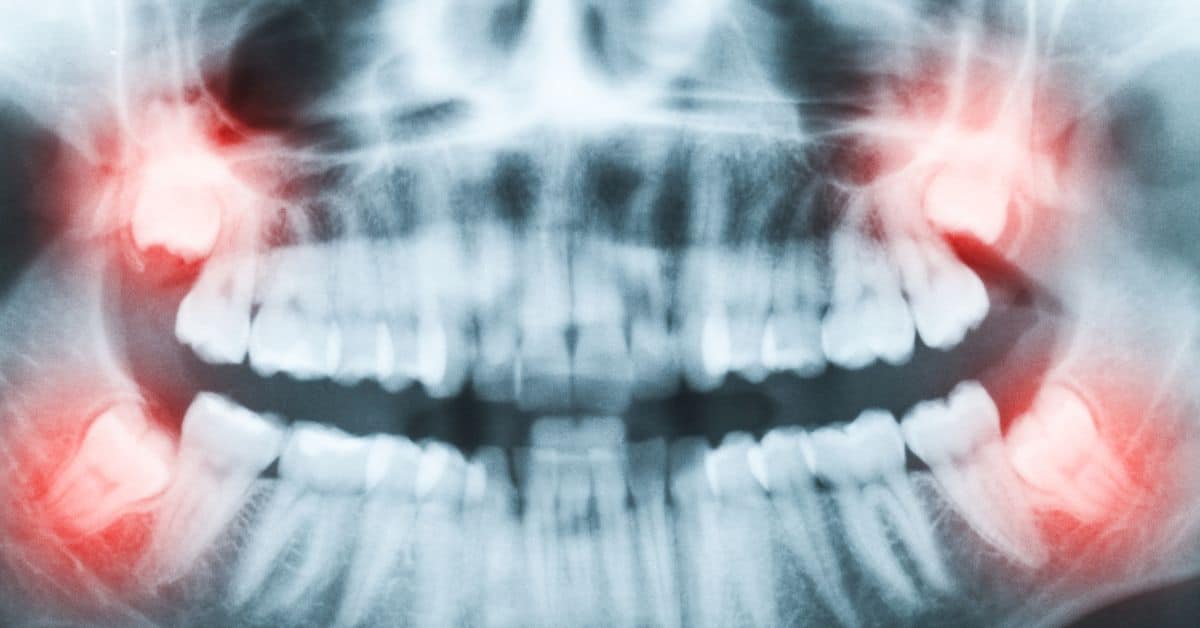Wisdom teeth removal is a common dental procedure that many people undergo to maintain oral health. As the last set of molars to emerge, wisdom teeth often cause complications, prompting dentists to recommend their removal. Understanding the process and preparing adequately can make the experience smoother and less intimidating. In this comprehensive guide, we will explore why wisdom teeth removal is necessary, what the procedure entails, and how to recover effectively.
Why Do Wisdom Teeth Need to Be Removed?
Wisdom teeth, also known as third molars, typically appear in late adolescence or early adulthood. While some individuals have enough space in their mouths to accommodate these teeth, many do not. As a result, wisdom teeth can cause various issues, including:
- Impaction: Wisdom teeth can become trapped beneath the gum line or partially erupt, leading to pain and swelling.
- Crowding: When there isn’t enough room for the wisdom teeth to emerge properly, they can push against adjacent teeth, causing misalignment.
- Decay and Gum Disease: Partially erupted wisdom teeth are difficult to clean, creating an environment for bacteria to thrive.
- Cysts or Infections: Impacted wisdom teeth can lead to the formation of cysts or infections, which may damage surrounding teeth and bone.
Dentists, such as those at Dentistry At Waterview, evaluate each patient’s situation to determine whether wisdom teeth removal is the best course of action.
The Consultation Process
Before undergoing wisdom teeth removal, a consultation with a dentist or oral surgeon is essential. During this visit, the dental professional will:
- Examine Your Teeth and Gums: A thorough examination, often including X-rays, helps identify the position of the wisdom teeth and any potential complications.
- Discuss Symptoms: Patients may report pain, swelling, or difficulty chewing, which can indicate issues with wisdom teeth.
- Create a Treatment Plan: The dentist will outline the steps involved in the removal process and address any concerns or questions.
This initial consultation is a critical step in ensuring the procedure is both necessary and tailored to the patient’s needs.
Preparing for Wisdom Teeth Removal
Proper preparation can significantly ease the process and recovery from wisdom teeth removal. Here are some essential steps to consider:
- Plan Ahead: Arrange for time off from work or school, as recovery typically requires a few days of rest.
- Arrange Transportation: Since sedation or anesthesia is commonly used during the procedure, patients will need someone to drive them home.
- Stock Up on Supplies: Prepare for post-surgery care by purchasing soft foods, over-the-counter pain relievers, and any prescribed medications.
- Follow Pre-Surgery Instructions: Dentists often advise fasting for several hours before the procedure if sedation will be used.
By taking these measures, patients can set the stage for a more comfortable experience.
The Removal Procedure: Step-by-Step
Understanding what happens during wisdom teeth removal can alleviate anxiety and help patients feel more at ease. The procedure generally includes the following steps:
- Administration of Anesthesia: Depending on the complexity of the extraction and the patient’s preference, the dentist may use local anesthesia, sedation, or general anesthesia.
- Incision and Access: For impacted wisdom teeth, the dentist or oral surgeon makes an incision in the gum tissue to expose the tooth and surrounding bone.
- Tooth Removal: Using specialized tools, the dentist removes the tooth. In some cases, the tooth may need to be divided into smaller pieces for easier extraction.
- Cleaning and Closure: After removing the tooth, the area is cleaned to remove debris. Stitches may be used to close the incision, and gauze is placed to control bleeding.
The procedure typically takes less than an hour, though this may vary based on the number of teeth being removed and their positioning.
Post-Surgery Recovery and Care
Recovery from wisdom teeth removal is a gradual process, and proper care is essential to ensure healing and prevent complications. Here are some key aspects of post-surgery care:
Managing Pain and Swelling
- Use Pain Relievers: Over-the-counter or prescribed medications can help alleviate discomfort.
- Apply Ice Packs: Ice packs can reduce swelling and provide relief during the first 24-48 hours.
- Elevate Your Head: Keeping your head elevated while resting can minimize swelling.
Maintaining Oral Hygiene
- Avoid Brushing the Surgical Area: For the first 24 hours, refrain from brushing near the extraction sites to prevent irritation.
- Rinse Gently: After 24 hours, rinse your mouth with warm salt water to keep the area clean.
- Follow Instructions: Adhere to any specific hygiene guidelines provided by your dentist.
Dietary Considerations
- Stick to Soft Foods: Opt for foods like yogurt, mashed potatoes, and soup to avoid putting pressure on the surgical site.
- Avoid Straws: Using a straw can dislodge the blood clot and lead to a painful condition called dry socket.
- Stay Hydrated: Drink plenty of water, but avoid hot beverages that could irritate the wound.
Recognizing Complications
While most recoveries are uneventful, it’s important to watch for signs of complications, such as:
- Persistent pain or swelling beyond a few days
- Fever or signs of infection
- Difficulty opening your mouth or swallowing
If any of these symptoms occur, contact your dentist promptly for evaluation.
The Benefits of Wisdom Teeth Removal
Although the prospect of oral surgery can be daunting, removing problematic wisdom teeth offers significant long-term benefits:
- Reduced Pain and Discomfort: Eliminating impacted or misaligned teeth alleviates pressure and irritation.
- Improved Oral Hygiene: With fewer hard-to-reach areas, patients can maintain better oral health.
- Prevention of Future Problems: Removing wisdom teeth proactively can prevent complications such as crowding, decay, and infection.
By addressing these issues early, patients can enjoy improved dental health and a more comfortable smile.
Myths and Facts About Wisdom Teeth Removal
Misconceptions about wisdom teeth removal can lead to unnecessary fear or unrealistic expectations. Here are some common myths debunked:
- Myth: Everyone Needs Their Wisdom Teeth Removed
- Fact: Not all wisdom teeth need removal. Dentists evaluate each case individually to determine necessity.
- Myth: Recovery is Always Painful
- Fact: While some discomfort is normal, proper care and pain management make recovery manageable for most patients.
- Myth: Wisdom Teeth Serve No Purpose
- Fact: Wisdom teeth were useful for our ancestors who consumed tougher foods, but modern diets have reduced their necessity.
Choosing the Right Dental Provider
The success of wisdom teeth removal largely depends on the expertise of the dental professional performing the procedure. Selecting a trusted provider like Dentistry At Waterview ensures a comfortable and effective experience. With their patient-focused approach, they guide individuals through every step, from consultation to recovery.
Conclusion
Wisdom teeth removal is a routine procedure that can significantly enhance oral health and prevent future complications. By understanding the process, preparing adequately, and following post-surgery care instructions, patients can navigate the experience with confidence.
A trusted dental provider, such as Dentistry At Waterview, can ensure a seamless and positive journey, addressing individual needs with precision and care. If you’re experiencing discomfort or suspect issues with your wisdom teeth, consult a dental professional to explore your options and take proactive steps toward a healthier smile.
Read more form healthtech



































